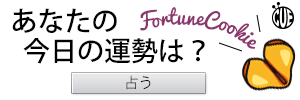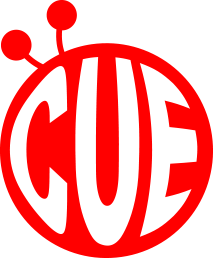子どもの日、端午の節句
日本文化を外国人に英語で紹介しよう
聞かれると答えられない日本文化
短くて簡単英語フレーズで伝えよう
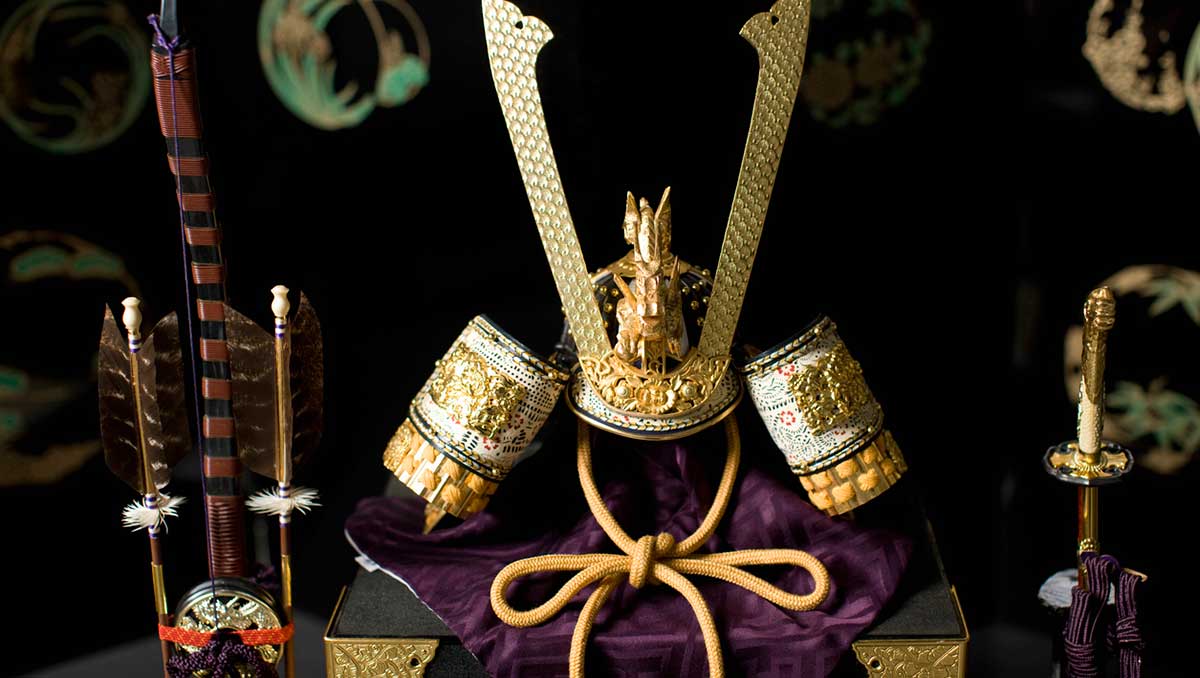
ホームステイや留学、海外から来た外国人の友達に、日本文化を説明する時って、意外と自国の文化を知らなくて困るものです。今回はなるべくシンプルにわかりやすく伝えるフレーズ集にしました。ぜひ説明したい時にお役立て下さいね。
子どもの日、端午の節句の由来は?
The origin of the Japanese Boy's Festival in Japan can be traced back to the Chinese tradition of exorcism.
端午の節句は、もともとは中国から伝わった厄払いの行事が、日本流に変化しました
During the Edo period, people celebrated the healthy growth of boys on the 5th of May, when a Shogun had a new born boy.
江戸時代に将軍に男の子が生まれると、5月5日に男の子の成長を祝う日になりました
While the Girl's Festival is known as Momo no seku the Boy's Festival is called "Tango no seku".
女の子のひな祭りは「桃の節句」と呼ぶのに対して、男の子の日は「端午の節句」と呼びます
In 1948, after the World War Two, Tango no seku was renamed Kodomo no hi.
第二次世界大戦後の1948年に、5月5日が「端午の節句」から「子どもの日」と呼ばれるようになりました
However, people still use both "Kodomo no hi" and Tango no seku.
しかし今でも多くの日本人は両方の呼び名でもわかります
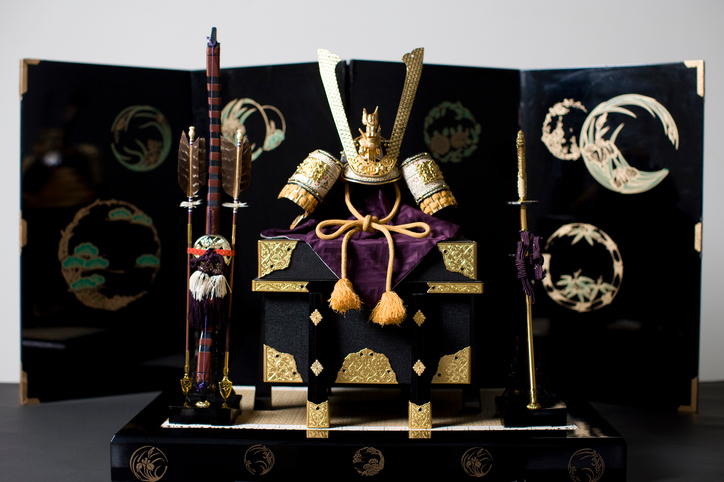
五月人形や鯉のぼりを飾るのはどうして?
In the Edo period, when a Shogun had a new born boy, they celebrated on the 5th of May by raising flags.
江戸時代、将軍に男の子が生まれると、5月5日にのぼりを立ててお祝いしていました
In China, carp symbolize success in life. Therefore, Japanese people drew a picture of a carp on a flag and hung it outside the house to wish the boys a successful life.
中国では鯉が立身出世の象徴でした
そのため、江戸時代にはのぼりに鯉の絵を描いて、男の子の立身出世を願って家の外に飾るようになりました
We also display Japanese armour, helmets or Musha ningyo (Warrior dolls) in the house, wishing for the boys to grow to be strong and wise.
男の子の誕生を祝うと共に、無事に成長し強くたくましく、賢い大人になるよう、願いを込めて、家の中に鎧(よろい)や兜(かぶと)や 武者人形を飾るようになりました
Nowadays, we call the armour, the helmet, or the Musha ningyo, Gogatsu ningyo.
今では、鎧兜や武者人形は五月人形と呼ばれています
It is common for a family that has a son to decorate their house with a flag and gogatsu ningyo to wish for their son's health and success.
男の子がいる家庭では、立身出世を願う鯉のぼりと、無事に成長することを願う五月人形を飾る習慣があります
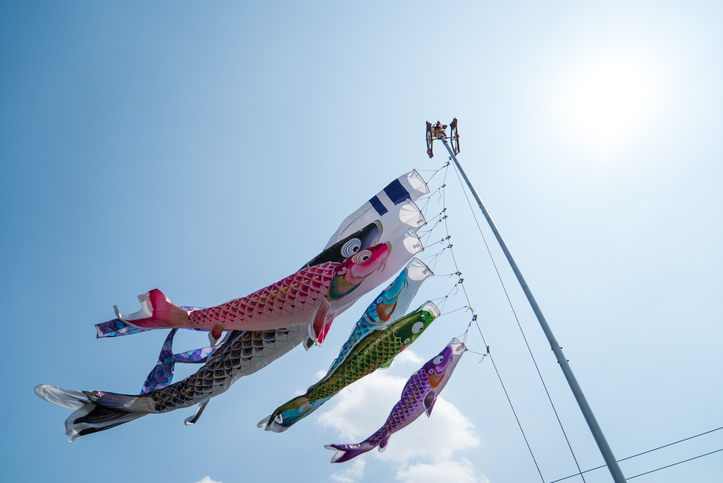
現代の子どもの日は?
The fifth of May is a national holiday.
5月5日は祝日です
Households with a son will finish decorating their house by the middle of April.
男の子がいる家庭では、4月中旬ごろまでに五月人形飾りを終わらせます
Traditionally, the father or the grandfather of the son decorates the house, but such a tradition has become less important.
五月人形の鎧兜は父親やおじいさんなど、昔は男性の家族が飾るものでしたが、現代ではそのこだわりはなくなっています
In some areas, the district will also raise carp flags to celebrate the special occasion. It’s a common scene in rural areas.
各家庭だけでなく町全体で男の子をお祝いするために、たくさんの大きな鯉のぼりを河などで飾っている地域もあります 日本の田舎などで見られる光景です
On Kodomo no hi, we also make Japanese helmets out of a sheet of paper or newspaper for children to wear.
子どもの日には新聞紙や大きな紙などで兜の折り紙を作って、できたら子どもがかぶったりします
On Kodomo no hi, we eat Chimaki (Rice dumplings wrapped in bamboo leaves) or Kashiwa mochi (Rice cakes wrapped in oak leaves)
子どもの日に、子どもの成長を願って食べるのが「ちまき」や「柏餅」です
In the Kansai (Western Japan) area, people eat Chimaki while people in the Kanto (Eastan Japan) area eat Kashiwa mochi.
関西方面では「ちまき」を、関東では「柏餅」を食べます
The tradition of eating Chimaki comes from China. The tradition of eating Kashiwa mochi originated in Japan.
「ちまき」を食べる風習は中国から伝わりました
「柏餅」を食べる風習は日本独自のものです
Since oak leaves don’t fall until a new sprout has emerged, they are regarded to be a symbol of prosperity.
柏の葉は新芽が出ないと古い葉が落ちないことから、子孫繁栄の象徴とされた縁起のいい植物です
On kodomo no hi, it is common to invite the boy's grandparents and have a huge celebration.
子どもの日には、おじいちゃん、おばあちゃんも集まって家族みんなで集まってお祝いするのが一般的です
However, in modern Japanese society where the number of nuclear families is increasing, the way of celebrating Kodomo no hi has diversified.
しかし、核家族化が進む現代では、子どもを中心に家族で出かけるなど過ごし方も多様化しています
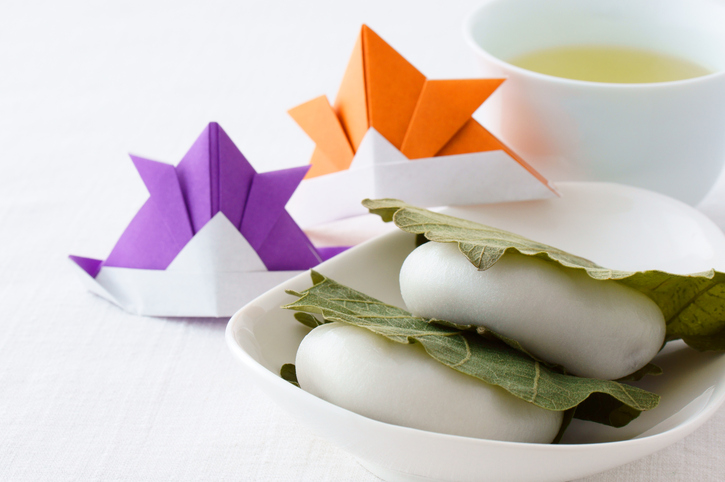
訳/Mark ryo 英語監修/Sharla














